HuffingtonPost – 5 Seemingly Innocent Things That Lead To Weight Gain

You don’t stint on sleep or drink diet soda or lose your mind at the all-you-can eat BBQ. So how did you manage to put on four and a half pounds last year?

You don’t stint on sleep or drink diet soda or lose your mind at the all-you-can eat BBQ. So how did you manage to put on four and a half pounds last year?

Between oversized portions and the dizzying number of menu options, eating out can wreak havoc on your waistline, not to mention your overall health. David Zinczenko, who served as editor-in-chief of Men’s Health for more than a decade, has a new book, “Eat It to Beat It!” We asked him to give us the best […]

Take a peek into the future of diabetes care with seven in-development products poised to make waves in the diabetes world. All except BlueStar were unavailable in the United States as of Oct. 1, 2013—the cutoff date for inclusion in this guide.
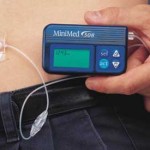
Bolus this, basal that… insulin pumping has a language all its own! So just like everything else in the world of diabetes, it never hurts to learn more, whether you’re a longtime PWD (person with diabetes), someone newly diagnosed, or just now starting out on an insulin pump, or just curious about how they work.

New research published in a recent issue of Nutrition Journal reports adding one-half of a fresh avocado to a lunch may have helped healthy, overweight people feel more satisfied and reduced their desire to eat following a meal. The study was funded by the Hass Avocado Board.

Beets have all sorts of health benefits—fiber, potassium, folate, metabolites. That last one may not be as familiar as the others and researchers at Joslin Diabetes Center are probing the possibilities that a particular nutrient metabolite found in beets and other vegetables and grains could reduce insulin resistance
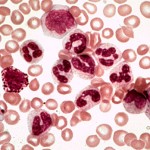
The U.S. National Institutes of Health just published its 2014 Evidence-Based Guideline for the Management of High Blood Pressure in Adults, [Eighth Joint National Committee (JNC 8)]. The new guidelines offer a series of changes from JNC7 which was last issued in 2003.
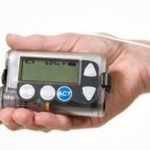
The start of a new year is a time when many of us in the Diabetes Community get especially curious about what latest and greatest new tech tools we’ll be able to get our hands on soon. It’s never easy to get straight answers on this.

Followers of the Paleo Diet may go prehistoric on U.S. News & World Report this week. The publication has ranked the controversial diet last on its “Best Diets Overall” list for 2014.

The researchers will begin two controlled clinical trials later this year, and will continue into 2015. They will compare results with standard methods using glucose monitors as well as blood draws in a lab. They will also analyze any interference from smoking, types of food, and timing of food.

Farxiga is a once-a-day tablet designed to help diabetes patients eliminate excess sugar via their urine. That differs from older drugs that decrease the amount of sugar absorbed from food and stored in the liver.

An immunotherapy for type 1 diabetes won orphan drug status from the FDA this week as it enters phase II trials. Drugmaker DiaVacs says DV-0100 halts the autoimmune reaction against islet cells by modifying a patient’s own dendritic cells and injecting them back into the body.

People are increasingly turning to mindfulness mediation to manage health issues, and meditation classes are being offered through schools and hospitals. But doctors have questioned whether this ancient Eastern practice really offers measurable health benefits.

DPP-4 inhibitors, such as Januvia and Onglyza, now account for 21 percent of treatments. Long-acting insulins, such as Lantus and Levemir, also saw an increase from nearly negligible in 1997 to 18 percent in 2012. Short-acting insulins, like Novolog, Humalog, and Apidra, have increased modestly.
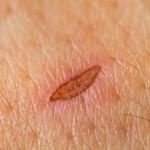
Chronic wounds are a global problem, the researchers say. In addition to obesity and diabetes worldwide, skin ulcers occur as a consequence of neurological problems, rheumatological illnesses, blood vessel inflammation and infection.
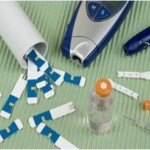
Proposed new guidance is out today from FDA on blood glucose meter systems (BGMS). There are two documents. One for patent users and one for use in clinical settings such as hospitals.

Previously it was thought to only affect people with type 1 diabetes, but in a recent study that examined data from the past 30 years, researchers determined that the dawn phenomenon occurred frequently among patients with type 2 diabetes.

A chemical naturally occurring in the body, already proven to produce a feeling of being full when administered, has found an effective new route via a spray on the tongue, say health researchers from the University of Florida.
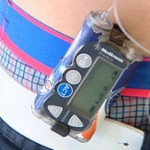
I’ve chosen to buy a Tandem t:slim insulin pump. Whoa, you might be saying aloud or under your breath… is this the same guy who published a critical review of the Tandem pump a few months ago? And now he’s going to buy one? Huh?!

If you’ve resolved to improve your diet in 2014, there’s one small step you can take that will reap big rewards, according to new research from the Yale-Griffin Prevention Research Center: incorporating walnuts into your diet.